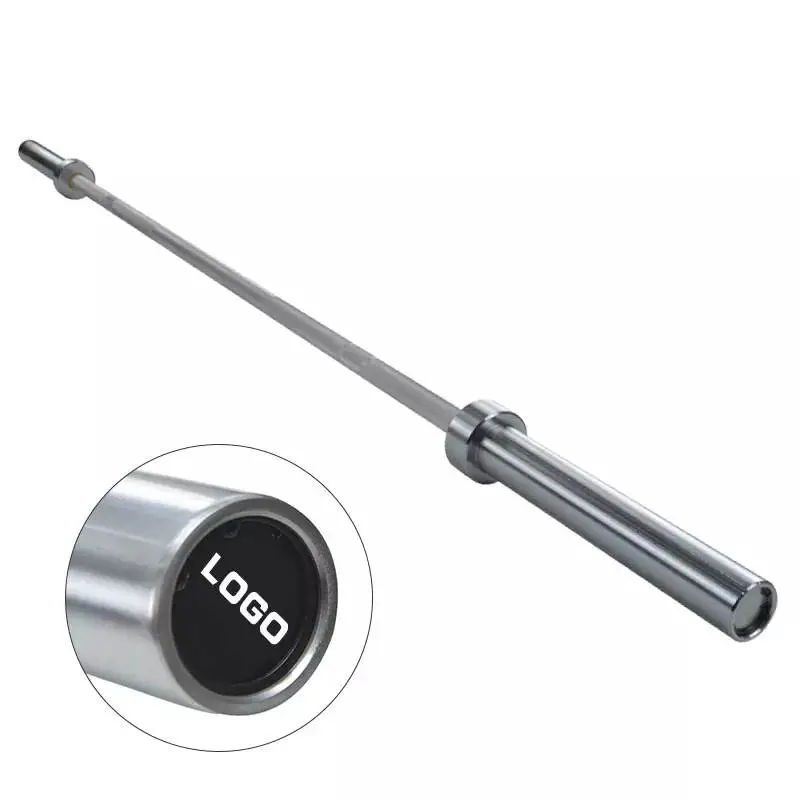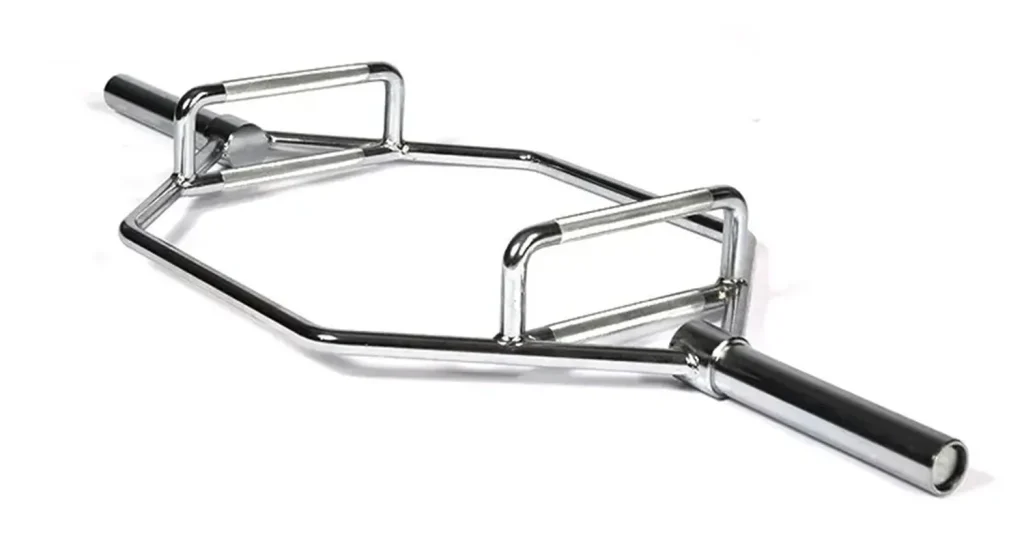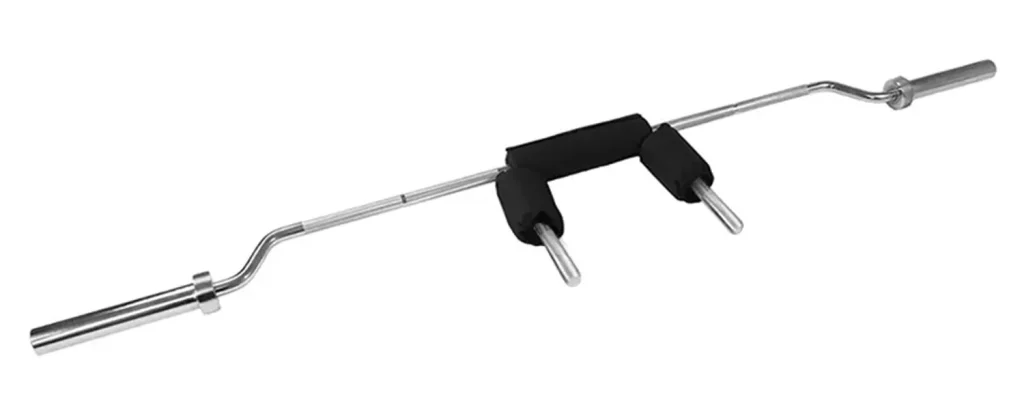If you’ve ever stepped into a gym or worked out at home, you’ve definitely seen barbells. They are one of the most fundamental tools in strength training. But did you know that different barbells can weigh vastly different amounts? Understanding these differences is crucial for your training plan and for your safety!
Why Does a Barbell’s Weight Matter?
Knowing the weight of the barbell itself is as important as knowing the size of your car’s fuel tank. If you don’t know how much fuel capacity you have, you won’t know how much fuel you’ve actually added. Similarly, if you don’t know how much the barbell weighs, you can’t accurately calculate how much weight you’re actually lifting, which means you can’t effectively track your progress or ensure you’re training safely.
How Much Do Standard Olympic Barbells Weigh?
In most professional gyms and weightlifting competitions, you’ll most commonly encounter “Olympic Barbells.” These have standard weights:
- Men’s Olympic Barbell:
- Weight: 20 kilograms (kg) or 45 pounds (lb)
- Length: Approximately 2.2 meters (m)
- Features: Has a thicker shaft, and the sleeves (the ends where weight plates are loaded) can rotate freely. This rotation is crucial for dynamic lifts like the snatch and clean & jerk, as it allows the plates to spin smoothly, reducing torque on the lifter’s wrists and arms.
- Women’s Olympic Barbell:
- Weight: 15 kilograms (kg) or 35 pounds (lb)
- Length: Approximately 2.01 meters (m)
- Features: Has a slightly thinner shaft than the men’s barbell, making it easier to grip. The sleeves also rotate. It’s designed to be lighter, suitable for female athletes or lighter training.
These standard barbells are typically made of solid steel, and their base weight remains consistent.
Other Common Types of Barbells
Beyond the standard Olympic barbells, gyms feature many other barbell shapes and types, each with its own weight and purpose:
Technique Bar / Training Bar

- Weight: Typically very light, ranging from 2.5 kg (5 lb) to 7.5 kg (15 lb).
- Features: These barbells are often made from aluminum, making them exceptionally light. They are primarily used by beginners to learn proper lifting techniques and form, or for warm-ups.
Fixed Weight Barbell
- Weight: Varies widely, from 5 kg (10 lb) up to 50 kg (100 lb) or even more. The weight is integrated and cannot be changed.
- Features: The weight plates are permanently attached to the bar. These are commonly found on racks in gyms and are used for specific exercises (like bicep curls, triceps extensions) or as warm-up tools where quickly changing weight isn’t necessary.

EZ Curl Bar
- Weight: Usually between 5-15 kg (approx. 10-30 lb).
- Features: The shaft has a distinctive “W” or “M” shape with multiple bends. This design allows for a more neutral grip that reduces stress on the wrists during exercises like bicep curls or triceps extensions, making them more comfortable for some users.

Trap Bar / Hex Bar
- Weight: Commonly around 25 kg (55 lb).
- Features: This barbell is a hexagonal or square frame that you stand inside. Its handles are positioned at your sides, allowing for a more central load during deadlifts, shrugs, or farmer’s carries. This design can put less direct stress on the lower back compared to a traditional straight barbell deadlift.

Safety Squat Bar (SSB)
- Weight: Typically between 20-30 kg (approx. 45-65 lb), with 28 kg (60 lb) being common.
- Features: It has a padded yoke that rests comfortably on your shoulders and two forward-extending handles for you to grip. This design makes squatting less taxing on the shoulders and wrists and often places a greater challenge on the core and upper back.

How to Identify a Barbell’s Weight?
Knowing a barbell’s weight is straightforward:
- Look for color coding or markings: Many Olympic barbells have colored end caps or rings (e.g., green for 15kg, black/red for 20kg), or the weight is stamped directly onto the shaft or sleeves. Fixed-weight barbells always have their weight clearly marked.
- Ask a coach or staff member: If you’re unsure, the safest approach is always to ask a gym coach or staff member.
- Practice and familiarity: With regular use, you’ll quickly develop a feel for the weight of common barbells.
Making Your Choice
Barbells are fundamental tools for strength training, but they are not all created equal in terms of weight or design. Understanding the specific weight and features of different barbell types – from the standard 20kg/15kg Olympic barbells to specialized bars like the Trap Bar or Safety Squat Bar – will not only help you accurately track your training progress but also enable you to choose the most suitable equipment for your fitness goals and physical needs, ensuring safer and more effective workouts.
